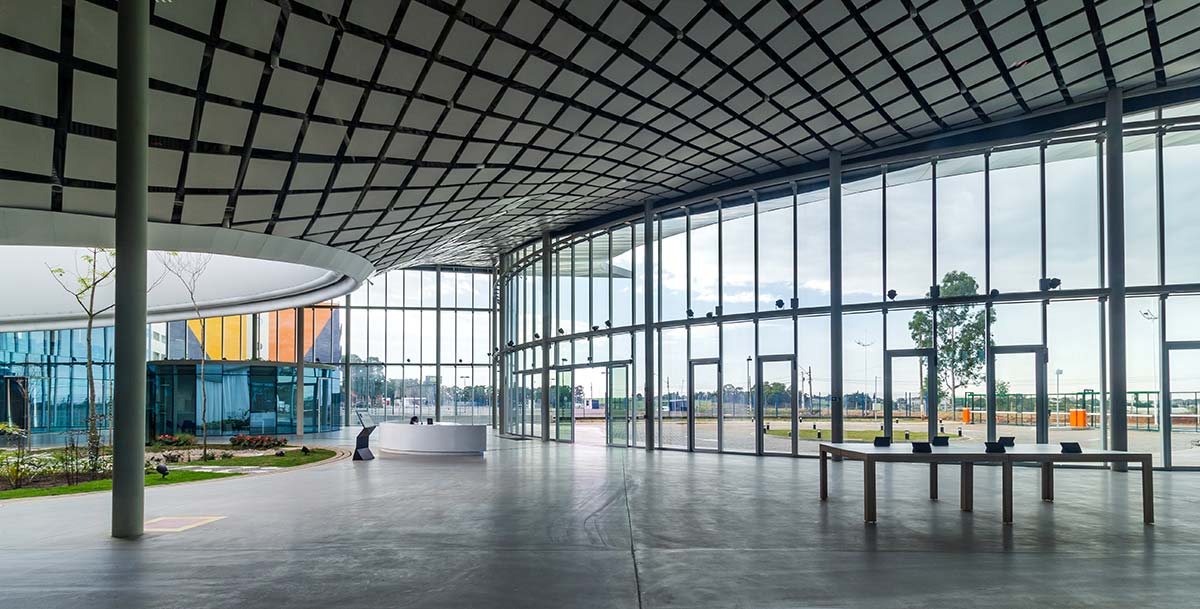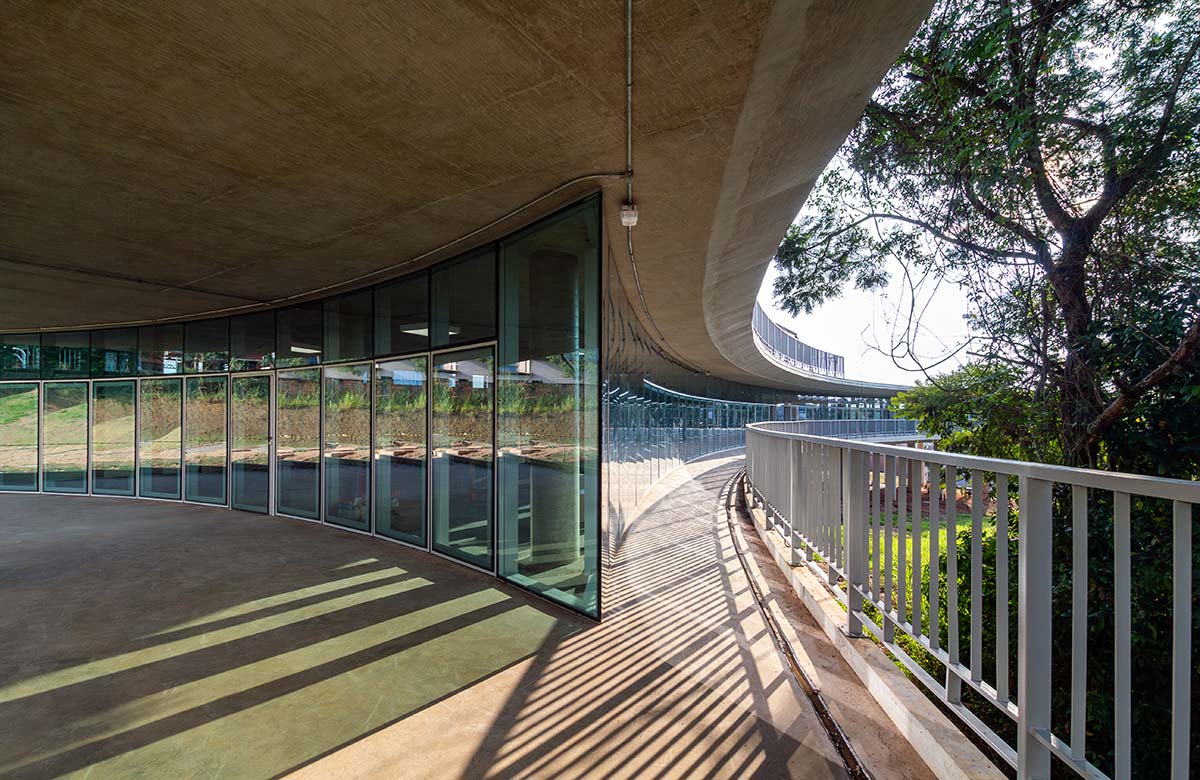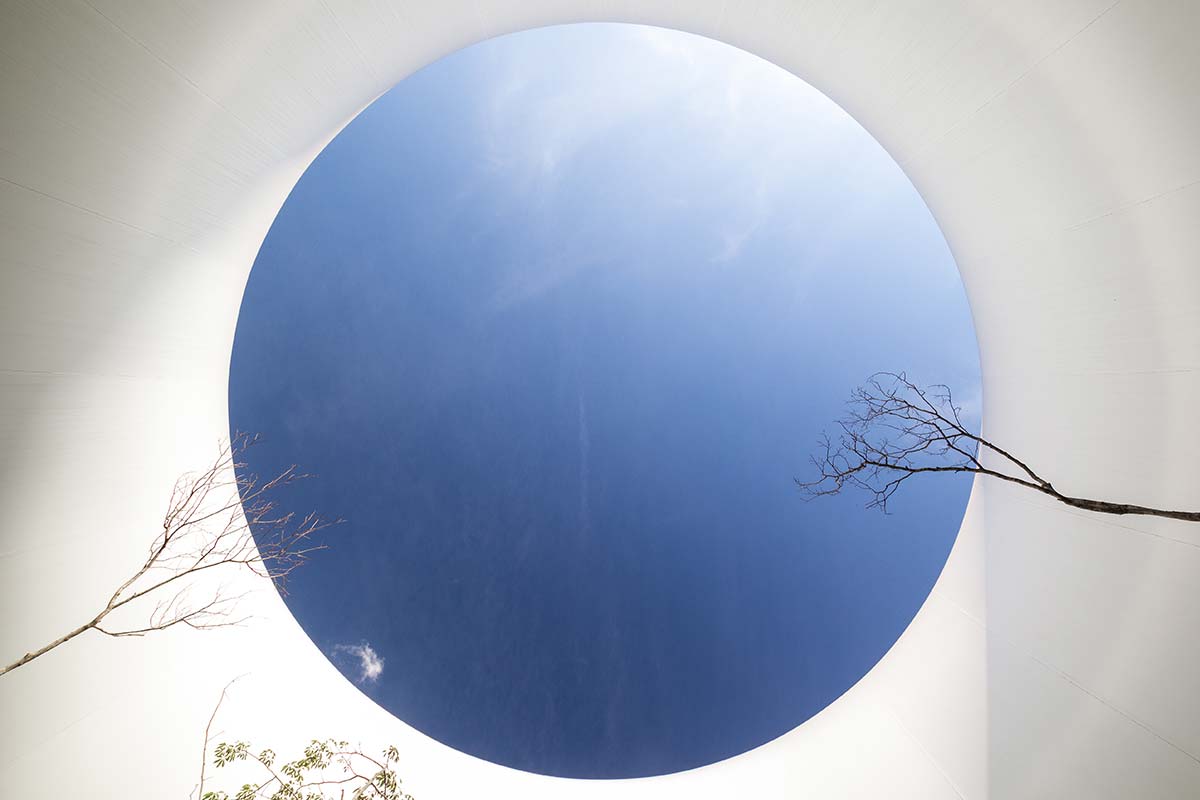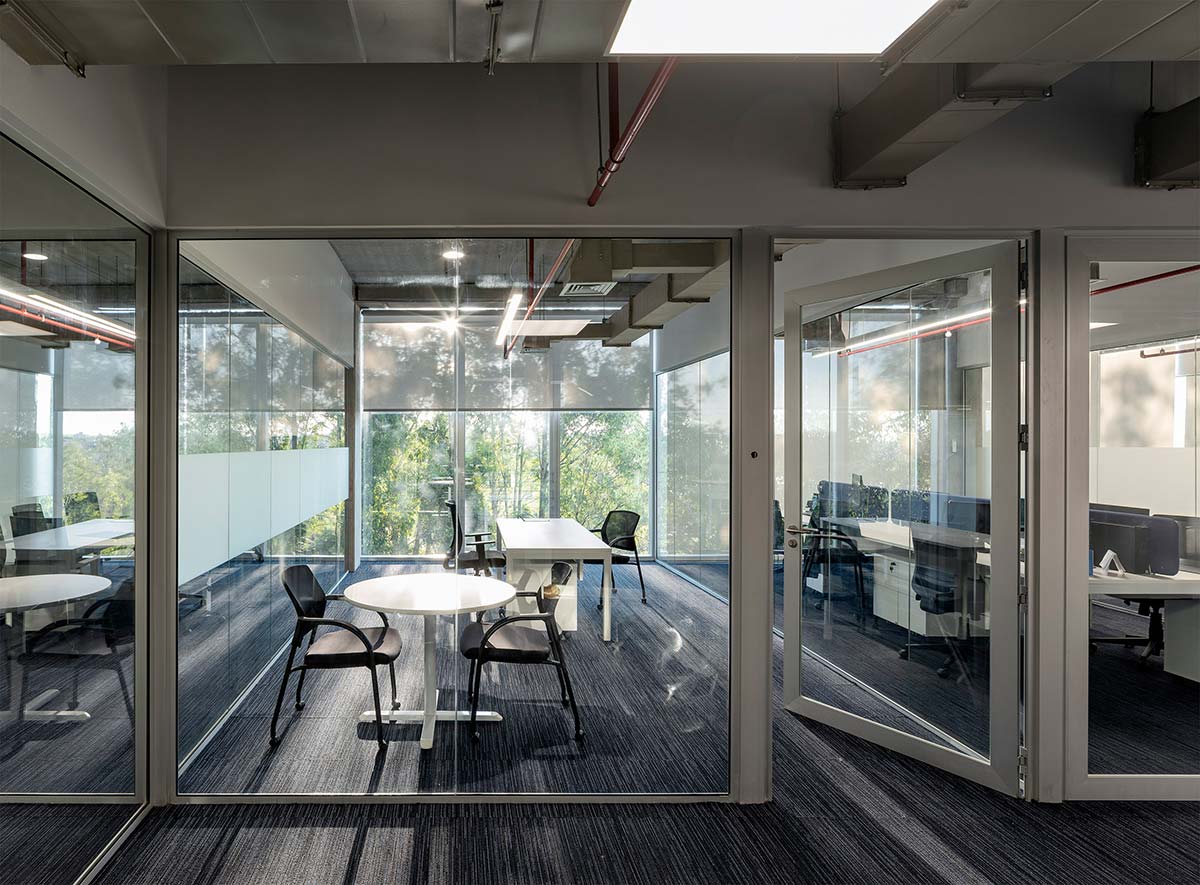DATA SHEET
Owner: Nice
Architecture: Mario Cucinella Architects
Landscape design: Balmori Associates
Structural engineering & MEP: MF Minerbo Fuchs Engenharia
Photo credits: Duccio Malagamba
A sustainable business model increases efficiency and production quality, with new technologies designed to improve working conditions and reduce environmental impact. These principles of “Industry 4.0” are determined to aim for a virtuous approach to the future. Nice, a global company in the home and building management and security industry, is going full speed ahead on this path, as shown in the architecture of its new headquarters (20,000 sq.m.) in Limeira, near São Paulo, Brazil, which is also one of the international centers of the group’s research & development.


Mario Cucinella Architects flips the concept of a production space, moving from an image of a closed, compact structure to one that is open and permeable, forging a dialogue with the surrounding community and environment.
The symbiotic relationship between built space and nature starts from a fresh take on traditional Brazilian architectural elements to reduce energy consumption by using fewer active measures and more passive ones that take advantage of favorable climatic conditions. This has great benefits for the comfort levels of its users.


For example, the roof takes inspiration from the shape of a tropical leaf resting gently on lightweight columns and it is also the building’s most important passive environmental device. It gives protection from direct sunrays during the hottest months of the year, bringing the right amount of diffused light into all spaces. The roof is also made into a “light projector” by directing natural light in a large space, improving the livability and establishing direct contact with the exterior.
Openable components also let natural ventilation be enjoyed in the building for two-thirds of the year. Transition spaces (semi-outdoors) control the microclimate between outside and inside and shaded areas. In the production area too, the combination of thermal mass and natural ventilation makes no heating or cooling necessary.


The building is potentially able to operate without support from the electrical mains for several periods of the year. In keeping with the overall energy policy that Nice has adopted, starting with a mapping of its carbon footprint in 2021, it has set itself the goal by 2025 of reducing CO2 emissions by 50% caused by energy consumption. And it aims to reach zero carbon emissions by 2030, consistent with international targets to contain global warming below 2°C.









